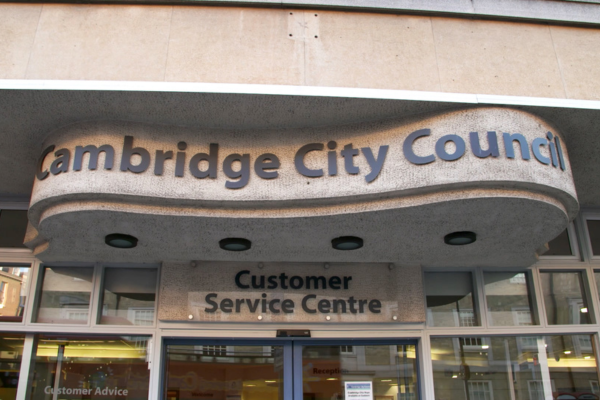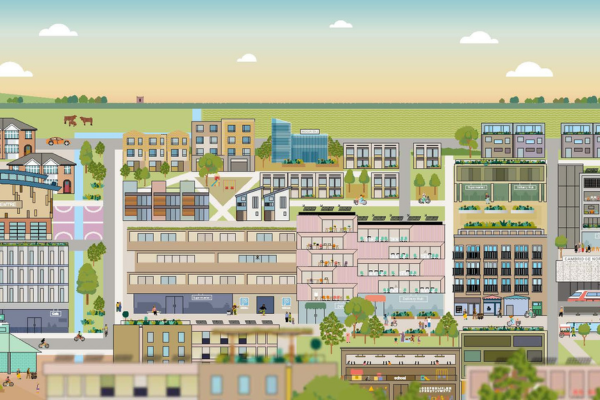Following many years of work to successfully reduce pollution levels, Cambridge City Council is in a position to revoke the city’s long-standing Air Quality Management Area (AQMA) order.
Nitrogen dioxide levels in Cambridge have reduced significantly in recent years with no monitored levels above the nationally set target level for five years. Under advisement from DEFRA the council is now able to revoke the AQMA order.
The council is responsible for monitoring air quality within Cambridge and has been monitoring key pollutants, including nitrogen dioxide for over 20 years. Monitoring is compared against nationally set target levels, which for nitrogen dioxide is an annual average of 40 microgrammes per cubic metre.
An AQMA was declared in 2004 because levels above this annual average target level were recorded then within central areas of Cambridge. Nitrogen dioxide is primarily attributed to car exhaust emissions.
The council remains fully committed to improving air quality across the city through the Greater Cambridge Air Quality Strategy (2024). [PDF, 0.7MB] This strategy includes a commitment to work towards World Health Organisation (WHO) Air Quality Guidelines which are stricter than the national target levels. WHO air quality guidelines are based on the evidence linking concentrations of pollutants in air with adverse effects on health and are targets that protect public health.
The main health effects of nitrogen dioxide are on the respiratory system, reducing lung function. There is also an association between nitrogen dioxide concentrations in the air and increases in mortality and hospital admissions for respiratory disease including asthma.
The city council has been working closely with partners, including Cambridgeshire County Council, throughout this time to look at ways to reduce emissions and bring the levels of nitrogen dioxide down.
In parallel, emissions from vehicles on the road have improved as older cars are replaced with newer ones, most notably low emission and electric vehicles. An air quality action plan was produced detailing how levels of nitrogen dioxide could be reduced further in the city, such as by lowering emissions from taxis and buses.
The council will continue to monitor nitrogen dioxide and other key pollutants (particulate matter - PM10 & PM2.5) across the city to ensure air quality continues to improve over time. Whilst historically traffic emissions have been the primary focus due to the elevated levels of nitrogen dioxide, focus is now shifting at both a national and local level to other key pollutants - most notably PM2.5.
Cllr Rosy Moore, Executive Councillor for Climate Action and Environment, said: “This is really good news and is a testament to all of the hard work carried out over many years by the council and many different partners to reduce pollution and improve air quality in the city.
“However, there is no such thing as a safe level of pollutants – in fact with every new piece of research, the more we discover about the depth and variety of negative impacts on the human body, including in the brain and in unborn babies.
“Therefore we remain committed to strictly monitoring air quality and reducing harmful emissions in the coming years through our new Greater Cambridge Air Quality Strategy – which will help improve the quality of life for people here especially vulnerable people such as children, the elderly and those with long-term health conditions.”
For further information on the revocation of the air quality management area visit www.cambridge.gov.uk/air-quality-management-area-revocation [link no longer active] or for information on the council’s wider work on air quality visit www.cambridge.gov.uk/air-quality



